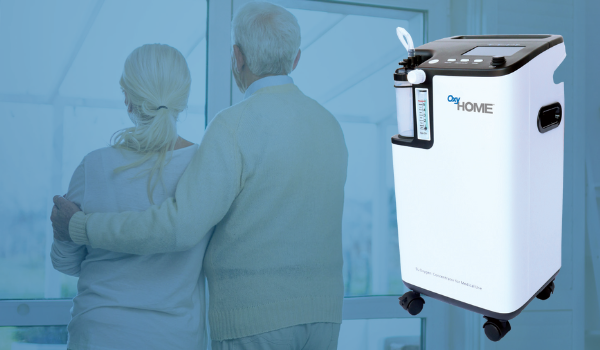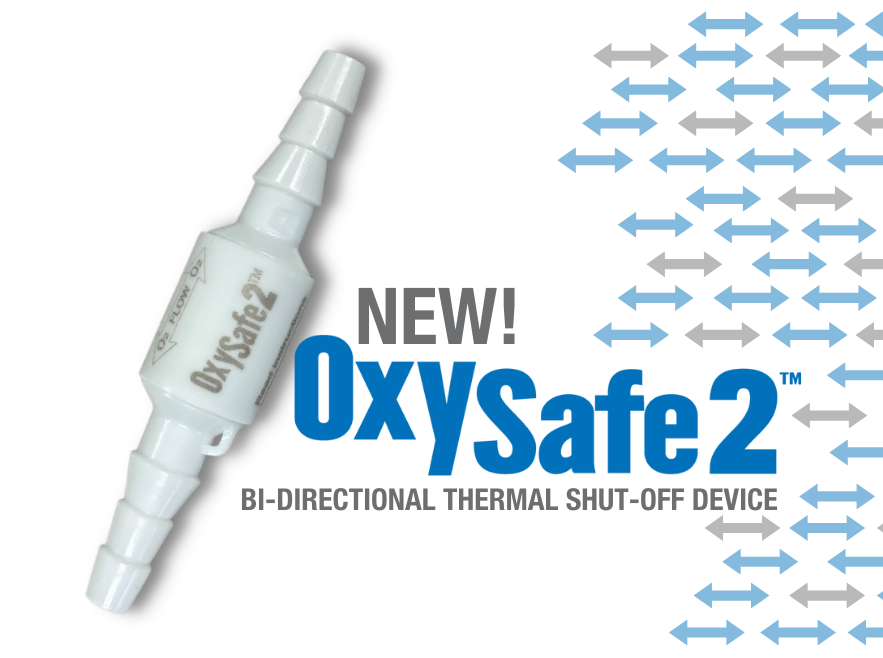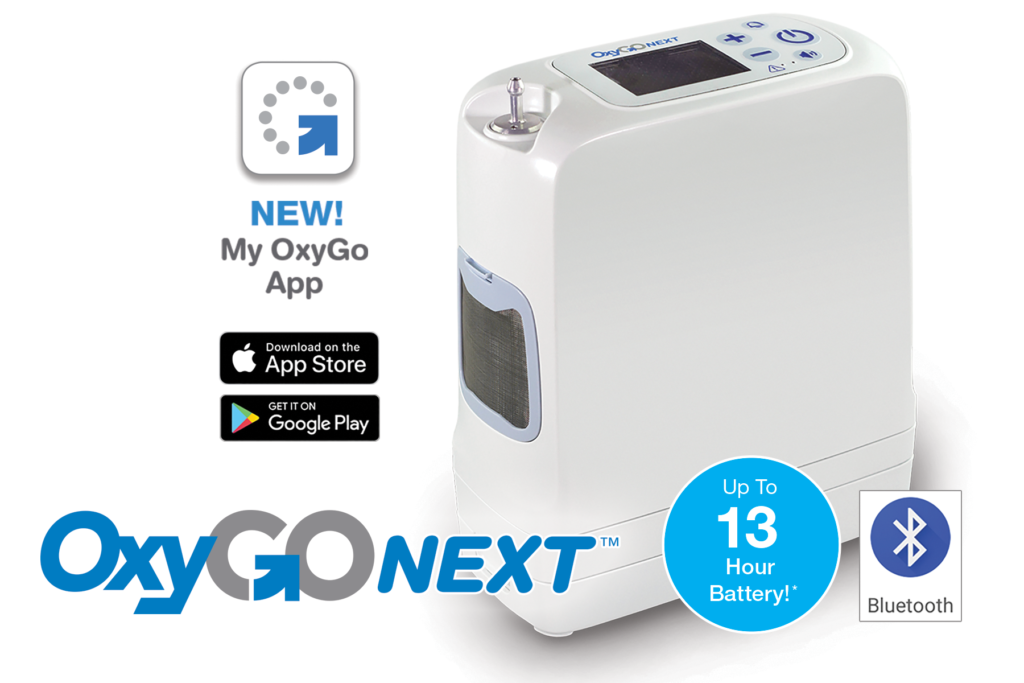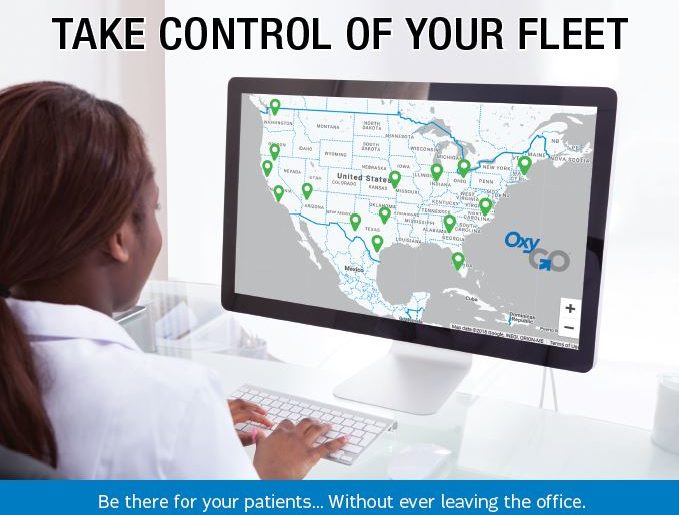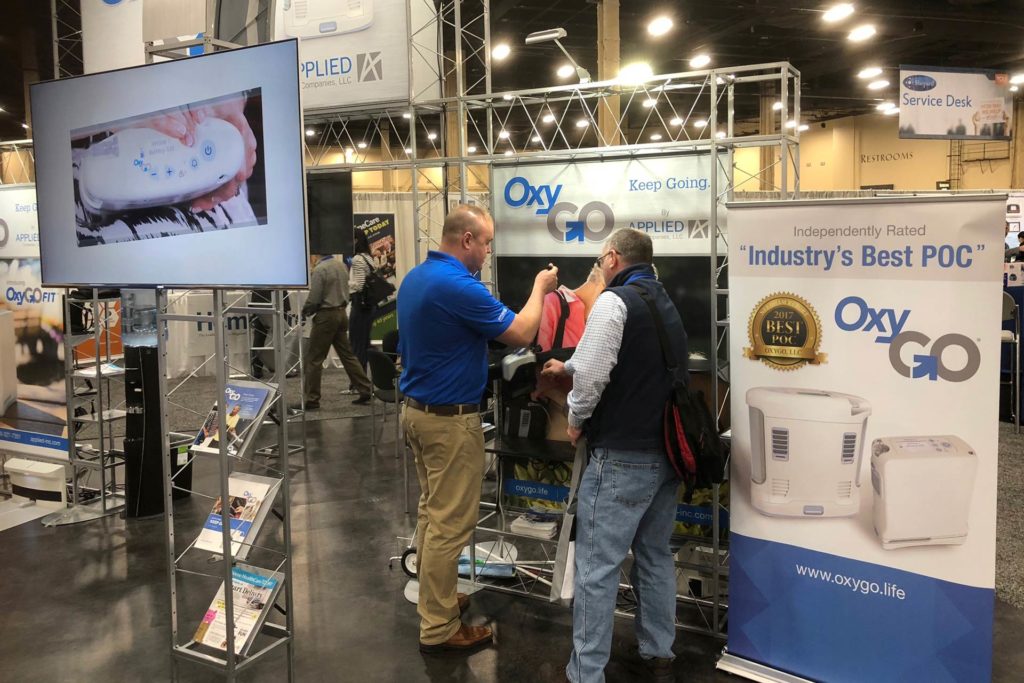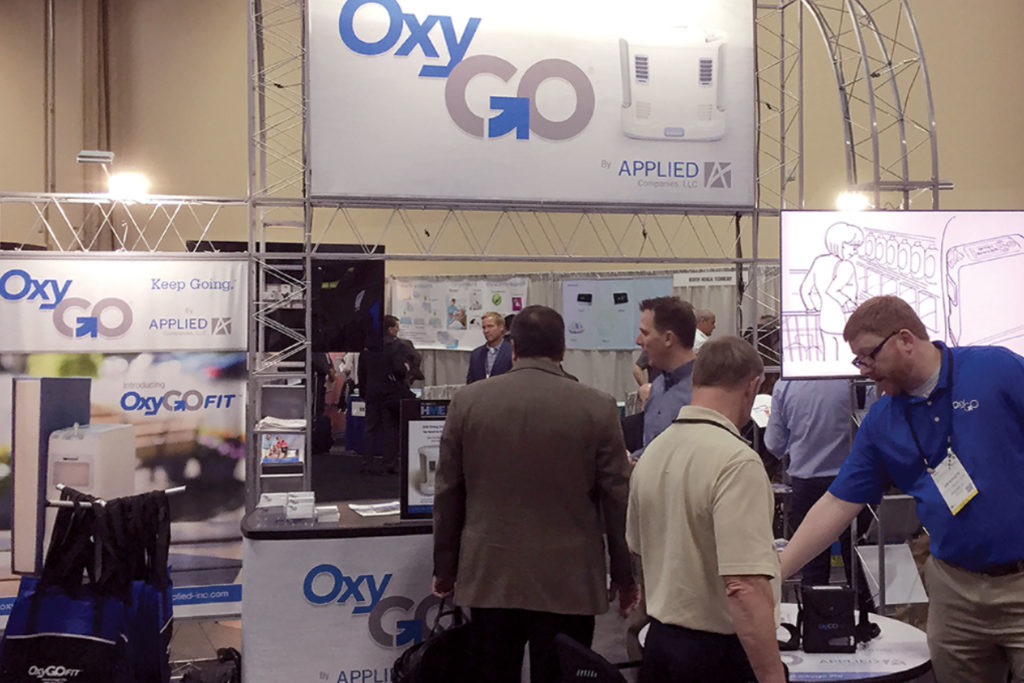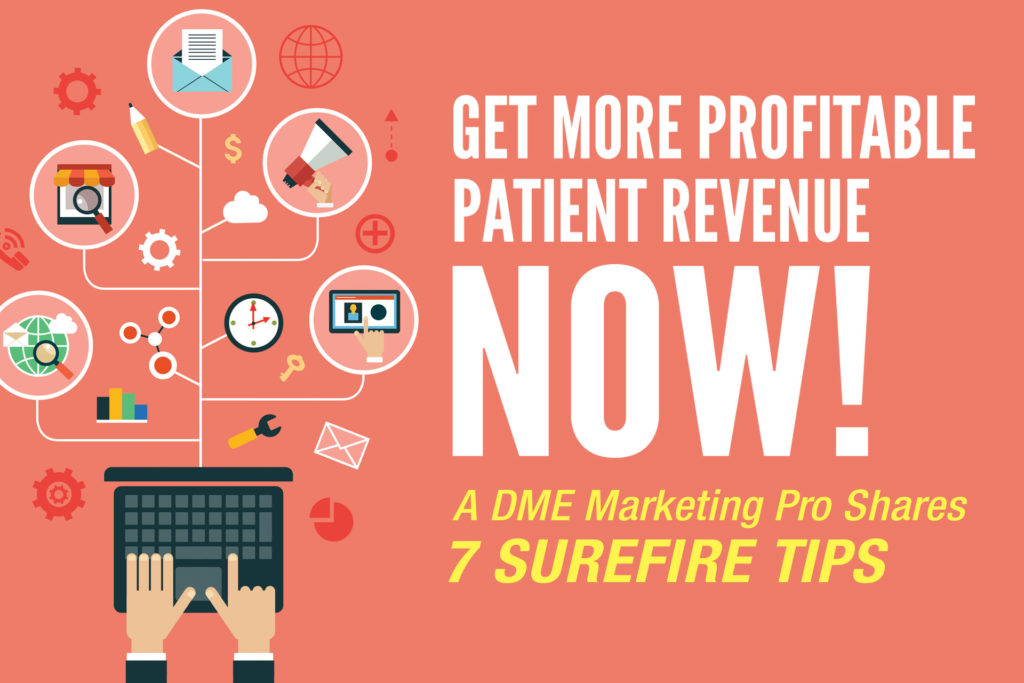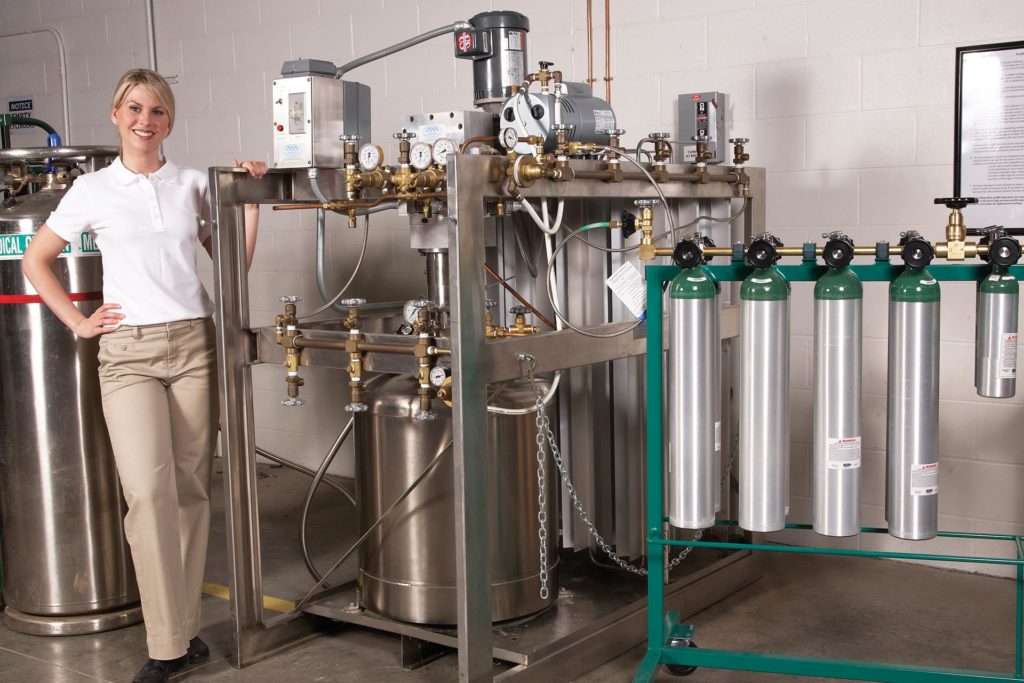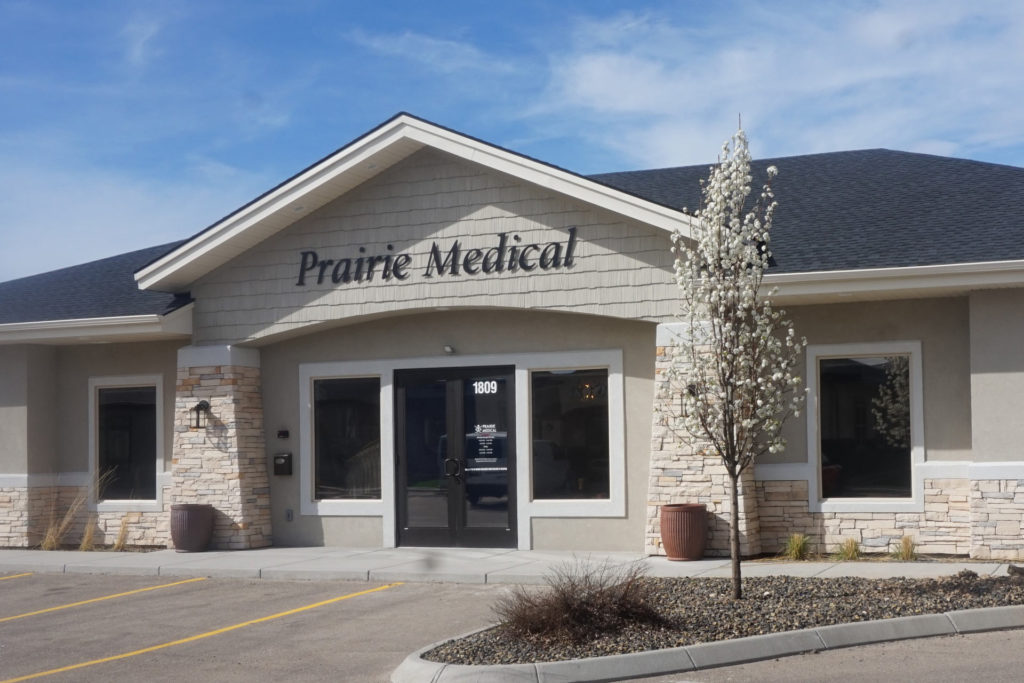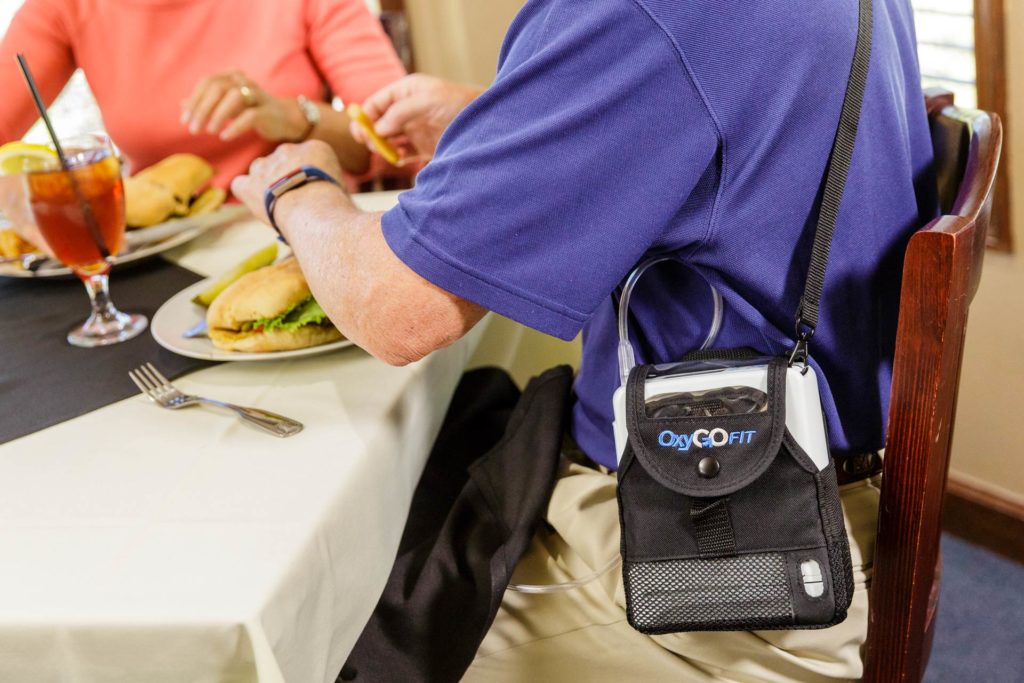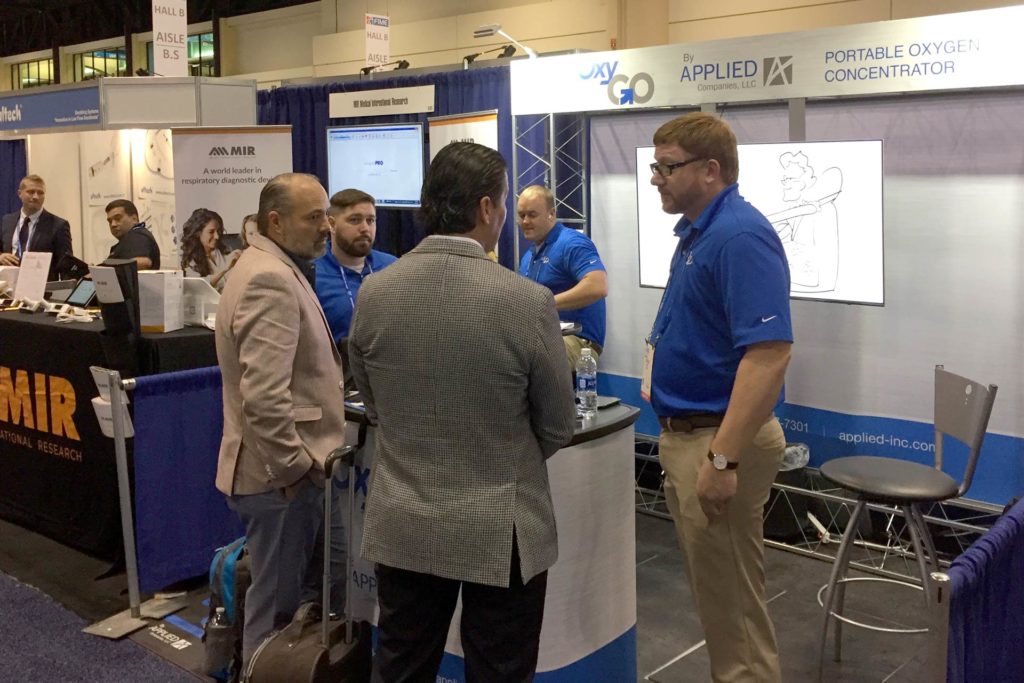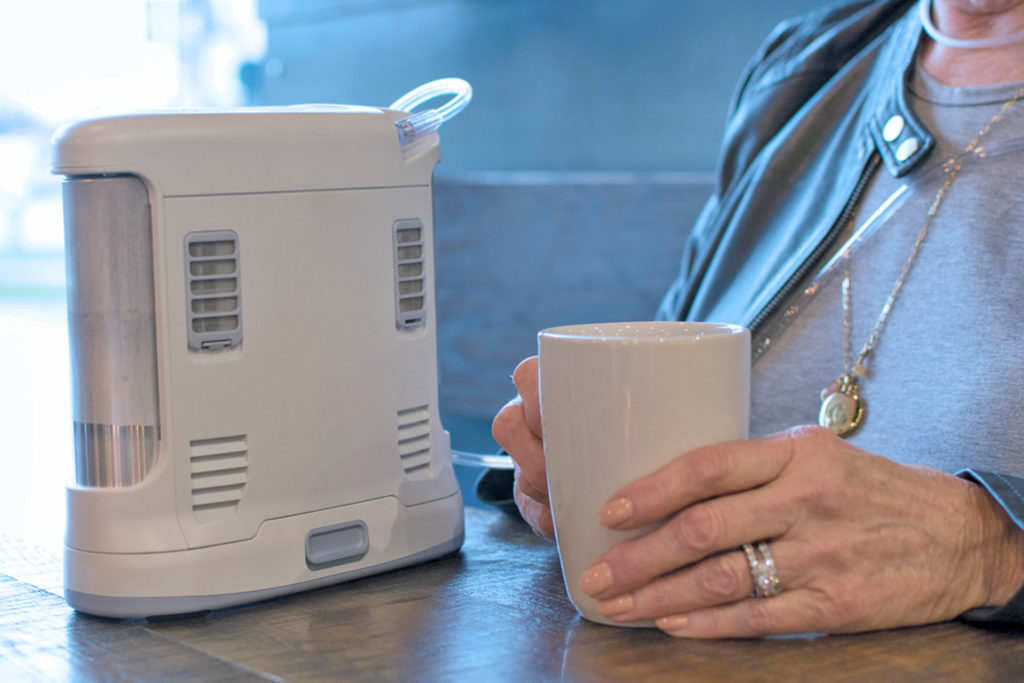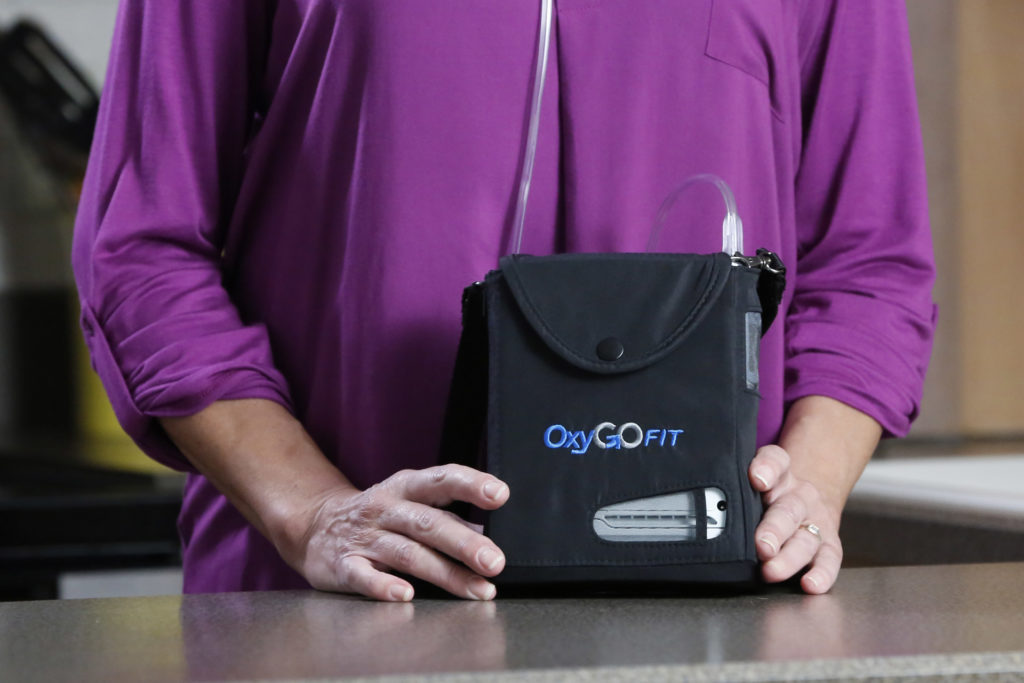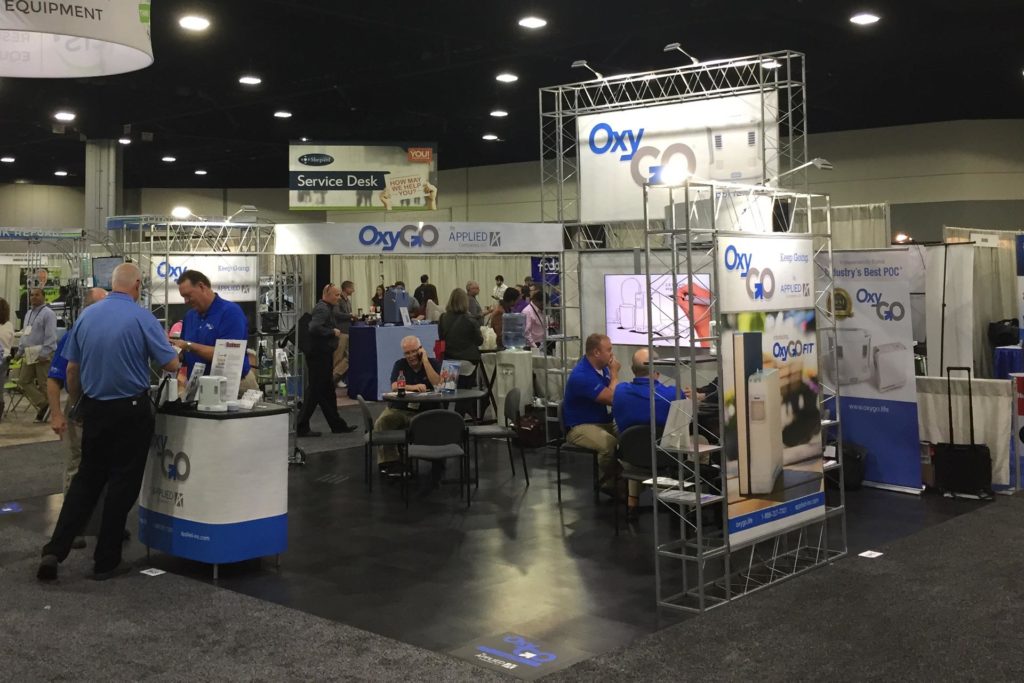How the New Tax Code Affects Home Healthcare Providers

President Trump’s new tax law went into effect this year, boosting take home pay for about 90% of Americans. The amount of the increase varied based on projected income. For example, for a single person who does not have children, is not a homeowner and is making a salary of $29,900 a year, the increase per paycheck was about $19. (This assumes 26 paychecks per year.) At $50,000 it was about $52 per paycheck. At $61,000, about $65 per paycheck, and at $85,000, about $90 per paycheck.
Home HealthCare TODAY went behind the scenes to talk with Eric Smith, an IRS spokesperson, about the impact of the new tax code on DMEs and HMEs. We were interested in learning more about the following: what deductions are allowed for individuals and businesses; whether there is a tax advantage for offering an HSA (healthcare savings account) insurance plan to employees; the 2018 state of Obamacare/ACA; any tax benefits that might be available from financing medical equipment vs. using insurance; other aspects of the new tax code that DMEs/HMEs would find beneficial to know. Here is that interview.
HHCT: From the perspectives of a DME business owner, the home healthcare equipment dealer, and also their customers, what is the impact of the new tax law?
Eric: ULA, the new tax law, from the business side, certainly did an important thing in that, if you have a traditional corporation, it lowered the top tax rate on corporate profits from 35% to 21%. This is something that is going to have an advantageous effect for anybody who’s set up that way. One of the things that goes along with that is that many small businesses have chosen to elect to be what’s called an S corporation for tax purposes. What that means is that for you, as the shareholder, or the owner, or the whatever, the profit or loss from that corporation passes directly to you as an individual.
Rates for individuals also have been lowered, but not by quite as much. To help balance the scales, Congress created a 20% deduction for pass-through income. This is something new that small business owners will want to pay attention to for 2018 tax planning. Because the law is so new, details are being worked out by the Treasury Department and the IRS for formal legal guidance, which will be issued sometime this year. This will have an impact on people who are set up that way, and it is a very important change.
Another important change on the business side is the way some of the options for depreciation can be more widely applied. If you are running a business, typically, you have business assets that you have been depreciating over a period of time. But the new law, in general terms, guides us to make the options for writing off some of that depreciation more broadly available.
HHCT: Is this a significant change?
Eric: Yes, compared to the way the law was before. Those are several very critical changes that could impact people. Now, in terms of the home healthcare customer side, one thing that your customers will be looking at—and it could be significant—is a change to the rules for itemizing deductions versus taking the standard deduction. It’s going to be harder for them to individually deduct medical equipment and supplies. Essentially, only when they have a bad year medically is when they are most likely to qualify for some kind of deduction.
But, along with making it harder to itemize deductions, Congress greatly increased the standard deduction that people can take. So, likely going forward, the number of people itemizing is going to be less because their standard deduction will be a better deal. For customers who look at it from a perspective of being able to write off the expense, that whole calculation is going to really change going forward. One thing it does not change is the ability for people to take advantage of their employers’ flexible spending accounts. If their employer has a plan, they can set aside money to be spent for medical purposes. So, to the extent to which people use their FSAs for that purpose, that option will still be available.
HHCT: Is that “use it or lose it”?
Eric: That’s right. That’s the use or lose it FSA option.
HHCT: What about HSA options? Are they still available?
Eric: Yes, health savings account are still available if you, or your employer, have one and you’re covered under a high-deductible health plan. This means that essentially you need to meet pretty high thresholds before the insurance starts covering your expenditures. If you have that type of plan you can also set aside money in a health savings account and that money can be used to pay various medical expenses. So, that option is pretty much unchanged. For HSAs, the annual tax-deductible contribution limit for tax year 2018 will stay at $3,450 for HSA account holders with self-only coverage through a high-deductible health plan. But the HSA family deductible limit for 2018 has been lowered by $50 to $6,850 for account holders with family coverage through a high-deductible plan.
HHCT: If I’m a DME owner, can I have an HSA for my employees?
Eric: You could. You could offer that to your employees. You could cover them with a high-deductible health plan. The company could offer a high-deductible health plan and couple that with an HSA. That would be an option.
HHCT: Okay, but if I work for a company, I can’t just open one without that coordination?
Eric: Correct! The linkage is required. And that’s really the tradeoff. It puts more of the onus on the individual to carry the cost of their healthcare. In exchange it gives the individual an option for saving, for putting aside money to pay those health expenses. And as long as those savings are spent for that purpose, they remain tax free. That was the design of those plans.
HHCT: How does the new tax code change medical deductions allowed for individuals? And can the new tax law be used as a selling point by DMEs?
Eric: It does two things. For 2017 and 2018 only, it lowered the threshold for claiming deductible medical expenses from 10% to 7.5%. Let’s say for example your income is $100,000. To get any possible tax benefit from deducting your medical expenses, your unreimbursed medical expenses would need to be more than $7,500. You must clear that threshold, and then it’s only the amount above $7,500 that’s deductible. Plus, there’s one other element. You still need to itemize the deductions, and many taxpayers may not in a position to do that and come out ahead.
In recent years about three in ten taxpayers itemize. The other seven take the standard deduction. Going forward, the threshold for the standard deduction is being increased. So, the expectation is that many, many, fewer people are going to be itemizing their deductions. More people are going to be taking the standard deduction. For example, the standard deduction for a married couple in 2017 was $12,700. For 2018 the standard deduction almost doubles to $24,000. That means $24,000 is now the level you must clear in order to make it worthwhile for you to itemize. If you’re a married couple and you can’t clear that $24,000 threshold, it won’t help you. It’s better for you to just pick the standard deduction. So to the extent that you have customers for which this is a selling point, you would take that into account.
HHCT: Is there a tax benefit a patient can get from financing his/her own medical supplies purchase?
Eric: Not from a tax perspective. There are only a couple of kinds of interest that are deductible for tax purposes for an individual. Mortgage interest on a first or second home is and has been allowed for a long time. Congress put some new limits on that going forward, but if you’re borrowing money to buy, build or improve a home, the interest on those loans, mortgages, etc. remain deductible. The other type of debt is student loan interest. And that’s pretty much it. Congress curtailed personal interest deductions for credit cards and most loans with their tax reform back in the 1980s.
HHCT: What is the current state of Obamacare, The Affordable Care Act? What parts are still enforced? What are the tax implications?
Eric: Well, there still is a requirement that people indicate whether they have health coverage for 2017 and 2018. And, if you don’t have minimum essential coverage there still is a payment that needs to be made. But after 2018 that requirement will no longer be there.
HHCT: Looking ahead, what changes do you see coming in the tax code?
Eric: After 2018, the threshold on medical expenses will go back up to 10%. I don’t know if Congress will necessarily continue the lower threshold, but as things currently stand, that lower threshold would expire at the end of 2018.
HHCT: How is this new tax legislation going to affect Medicare going forward? We’ve heard rumors about impending cuts. Is there anything you can share with Home HealthCare Today about the future of Medicare?
Eric: That’s outside our field here. In terms of any impact on Medicare, that’s not directly a tax administration issue.
RELATED POSTS
